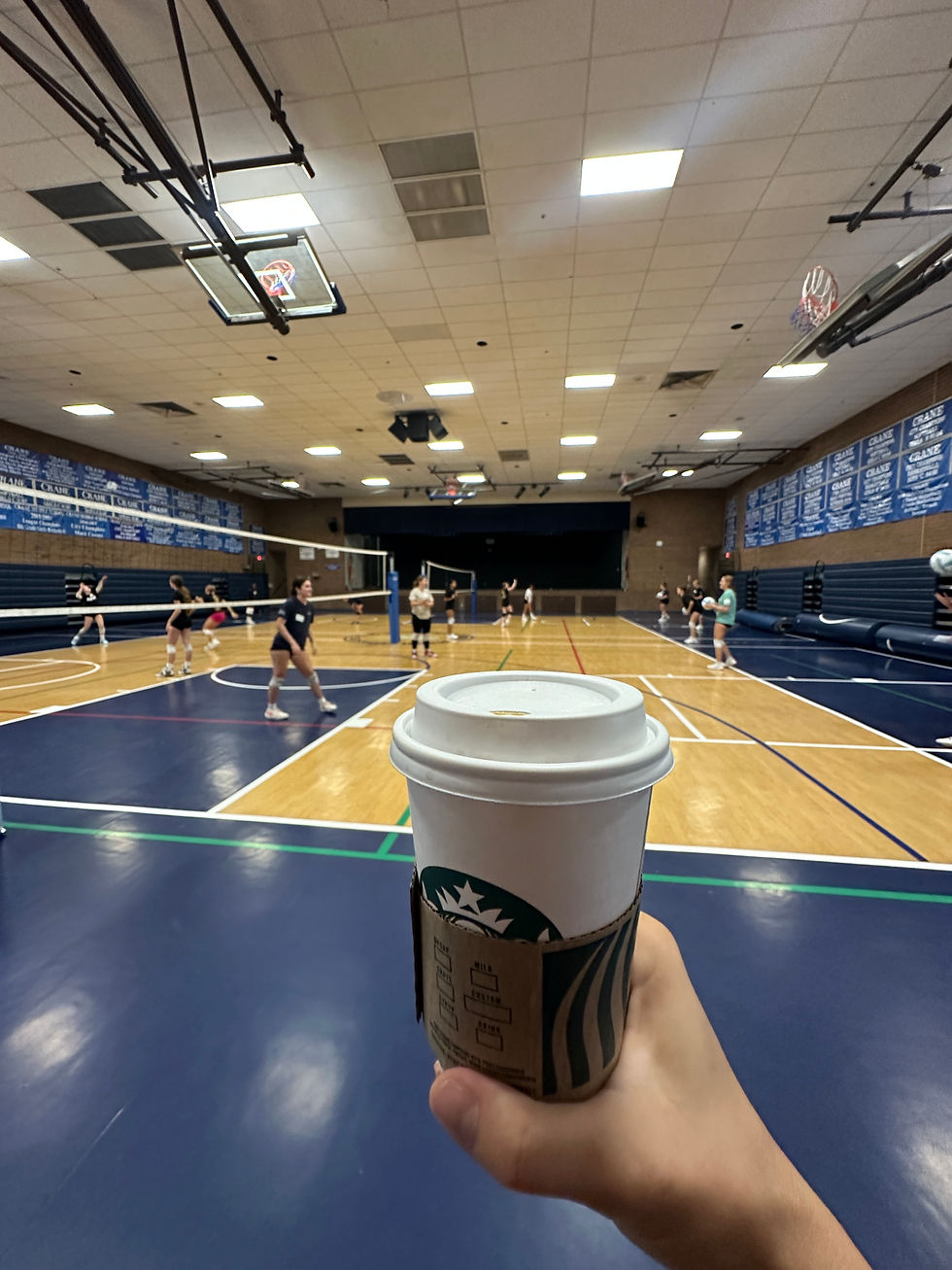Conflict Resolution and Team Building in Volleyball: A Winning Strategy
- Judy Furno

- Apr 30, 2024
- 2 min read
Introduction
Conflict is an inevitable part of any team, including volleyball teams. Whether it’s disagreements over playing time, communication breakdowns, or personality clashes, conflicts can develop during club seasons. However, effective conflict resolution and team building are essential for maintaining a positive and successful team environment. In this blog, we’ll explore strategies for resolving conflicts and encouraging team unity among volleyball players and teams.
1. Understanding the Nature of Conflict
Before diving into conflict resolution techniques, it’s crucial to recognize that conflict is natural. Teams consist of diverse individuals with varying backgrounds, personalities, and goals. Here are some key points to keep in mind:
Cliques Are Natural: Groups of players who know each other from school or other activities may naturally form cliques. While close friendships among teammates are fine, cliques become problematic when they exclude others.
Acknowledge Insecurity: Some players may feel insecure about their athletic abilities, making it challenging to form new relationships within the team.
Coach’s Role: Coaches play a vital role in preventing and addressing cliques. Building strong team-wide relationships from day one is essential.
2. Preventing Cliques and Fostering Team Unity
· Set Clear Standards: Be transparent about your efforts to build relationships across the team. Avoid letting athletes divide themselves into exclusive groups.
· Rotate Groupings: Intentionally split groups differently during social activities. Encourage interaction beyond existing friendships.
· Season-Long Process: Addressing cliques is ongoing. Consistently reinforce team unity throughout the season.
3. Conflict Resolution Techniques
· One-on-One Talks: Occasionally take players aside for individual conversations. Praise their efforts, acknowledge their uniqueness, and encourage better performance.
· Active Listening: When conflicts arise, listen actively to both sides. Understand their perspectives before seeking solutions.
· Mediation: If conflicts persist, consider mediation. A neutral third party can facilitate communication and help find common ground.
· Focus on Solutions: Shift the focus from blame to solutions. Encourage players to brainstorm ways to resolve issues constructively.
· Team Meetings: Address conflicts openly during team meetings. Create a secure space for players to express their feelings and find resolutions.
4. Staying Positive During Club Season
· Celebrate Small Wins: Acknowledge individual and team achievements, no matter how small. Positive reinforcement boosts morale.
· Encourage Effort: Emphasize effort over outcomes. Players who give their best contribute to team success.
· Team Bonding Activities: Engage in team-building activities to strengthen relationships. Here are some ideas:
Human Knot Game: Untangle a hand-holding circle while staying connected.
Scavenger Hunt: Collaborate to discover surprises.
Pictionary or Charades: Laugh together as you guess answers.
Craft Time: Create personalized jerseys or posters.
Community Service Projects: Work together to support a cause.
Gift Exchange: Exchange small gifts throughout the season.
Escape Room: Develop problem-solving skills as a team.
Team Dinners: Bond over food and conversation.
Aerial Fitness: Try something new and laugh together.
Catch a Volleyball Game: Observe other teams’ strategies.
Remember, a positive team culture contributes to better performance, player retention, and overall enjoyment. As Vince Lombardi said, “Coaches who can outline plays on a blackboard are a dime a dozen. The ones who win get inside their players and motivate.”
Conclusion
Conflict resolution and team building are ongoing processes. By fostering strong relationships, addressing conflicts promptly, and promoting positivity, volleyball teams can thrive during club seasons! 🏐👏




Comments